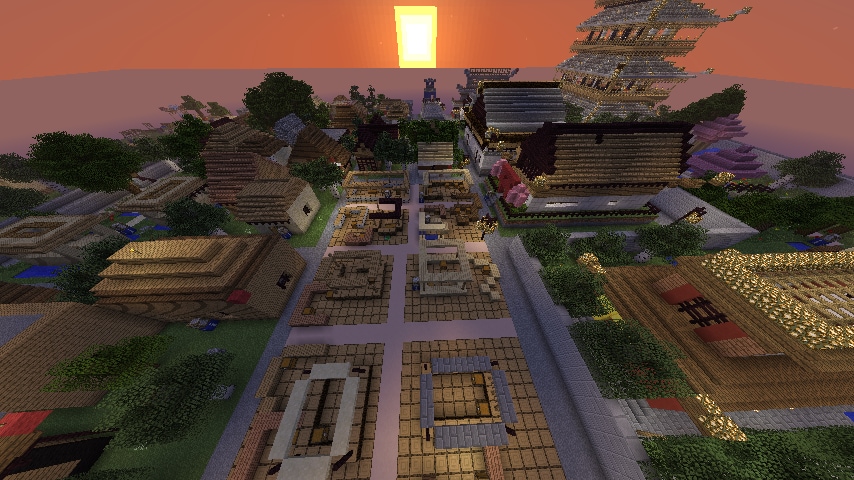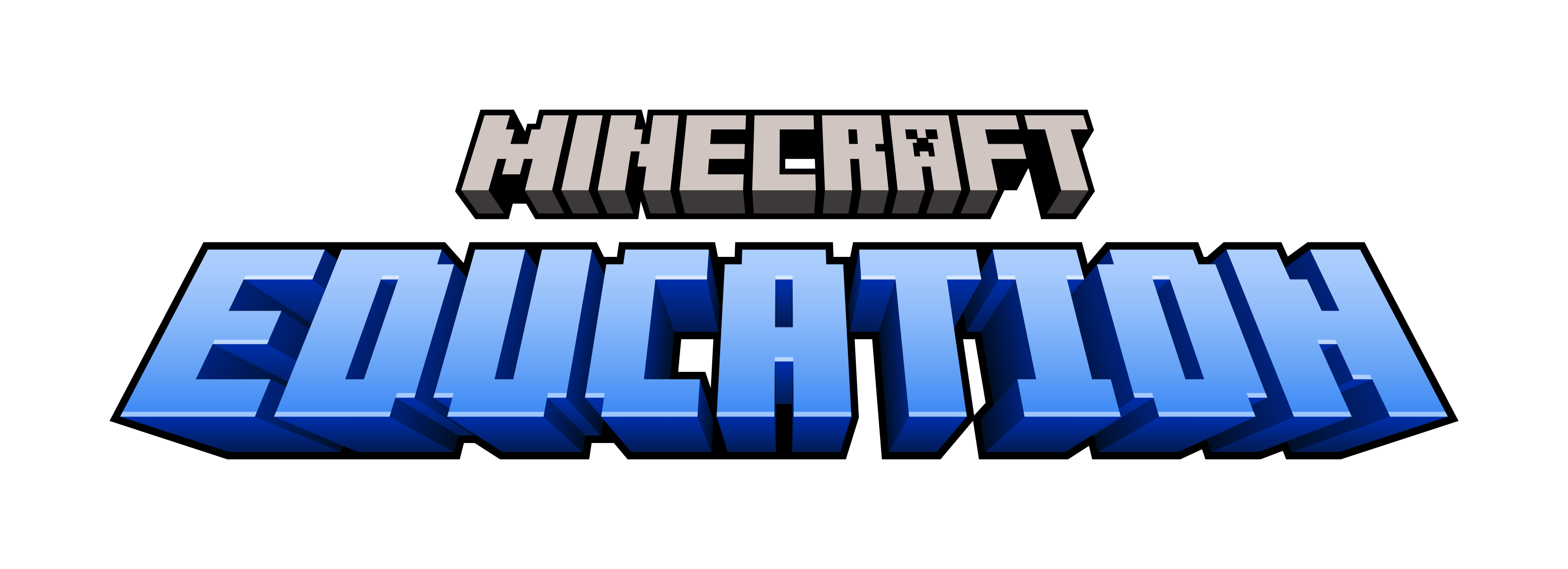Reimagining an Ancient Chinese City

by John Miller @johnmillerEDU One of the first large-scale projects I attempted with my students was to recreate the Tang Dynasty capital city of Chang’an. The lesson turned out wonderfully and it is now a staple of my unit on Medieval China. Today, it becomes the first of my maps to make its way to the new Minecraft: Education Edition platform. The Tang Dynasty capital was a massive well-ordered city of over 1,000,000 people and a socio-cultural melting pot for ideas and innovation. It existed during what can be referred to as a Golden Age in Chinese history. The Arts, philosophy, politics, trade, and innovation all flourished. As a culminating activity and summative unit assessment, I asked my students to do two things: build out the structured city and populate it with both skilled and unskilled workers. Prior to beginning the collaborative build, we learned about the Tang Dynasty and the city of Chang’an by interacting with various online resources. I set aside five days to complete the build and another three days to add the written narrative. At the time, I taught five periods of history and had to prepare for nearly 160 students to be in the game over the course of a day. Students placed themselves into one of three groups: beginners, intermediate, or advanced builders. I divided the city blocks amongst each group or individual student. My advanced builders took to the job of building the Imperial Palace and gardens, the intermediate kids took care of the farms, open air markets, and government buildings, and my beginners built multi-family homes in densely packed communities away from the city center. The kids had a chance to experience social stratification as they built each day. On day one, my first period came in and was incredibly excited to get started. They jumped in, flew to their assigned blocks and began construction. I made several Chinese-styled buildings outside the city walls available as templates that they could use to draw inspiration and for architectural guidance. At the conclusion of first period I frantically saved their work and made a copy of the world. I feared that later arriving students might destroy the earlier work. I was completely wrong about that. There was not one single incident of griefing the entire week and I soon forgot about making back-ups. Lesson learned. At the end of the first day, every block was a construction site. As the week went on, the city rose from nothing to something that we were all incredibly proud of. After the city was built, it was time to write narratives of a day in the life of a resident. Students used an outline I provided and wrote personal stories about the people that lived or worked in the buildings they created. They researched names and wrote about the roles their citizens played in the city, what they did with their spare time, the dreams they had for their children, their religion, and what their favorite place in the city was. When completed, we placed the text on information blocks outside each residence and took a magical tour of the city reading about the people that lived there. I’ve continued to use this map every year, refining it each time. As student’s building skills have improved, we’ve branched out to the more rural region around the city. The city itself has grown more elaborate and buildings more detailed. I had them ignore the interiors the first few years. It is a wonderful “starter” lesson because little preparation is required of the teacher. I use this early in the year and it gives me a chance to see the depth of student writing skills and these results allow me to better prepare for future writing challenges. I began experimenting with MinecraftEdu in my classes five years ago and have used this site to chronicle my adventures with my students. In addition to this world, I’ve now created a Minecraft experience for each of my 7th grade world history units. My lessons tend to emphasize literacy as my students reading and writing levels are not where they should be. Together, we’ve traveled West African trade routes and met Mansa Musa in Timbuktu, written Japanese Tanka poetry, built Japanese shoebox folktales, lived out lives in Medieval Birmingham, and set up trading companies to explore the new world. Minecraft has made me a much better teacher these past few years. It has been a welcomed lesson design challenge for me and I have had great success (and failures!) along the way. I’m better connected with my students and feel empowered as an educator to keep innovating and I look forward to developing more Minecraft worlds in the future. For more information about this lesson and world, click here and head to John's blog.


